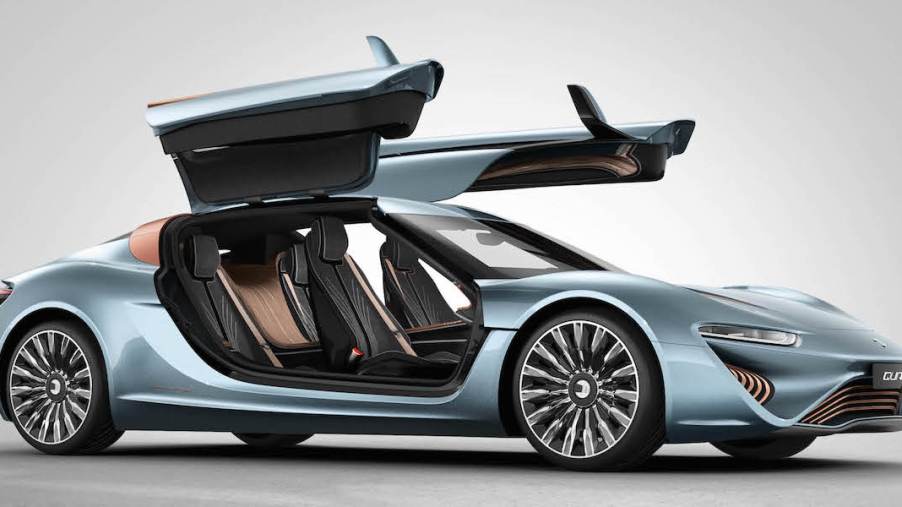
The Mystery of the Quant 48 EV That Runs On Salt Water
What if we told you the Quant 48 EV was unveiled this week with a revolutionary electrical system producing volts from salt water? You’d be impressed, and rightly so. Except the Quant 48 was actually unveiled in 2015, amid impressive claims. So why is it taking this long for a tested, proven power system technology running on salt water to find its footing in the hot EV market?
How does the Quant EV technology work?
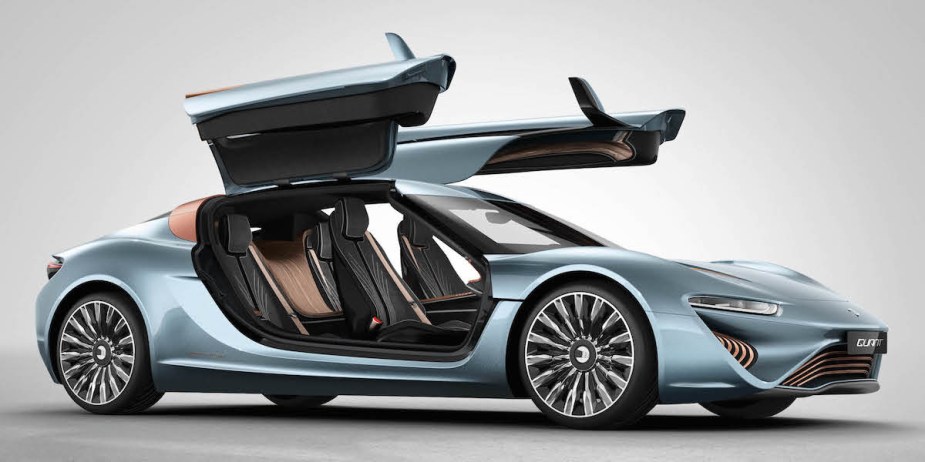
When MotorBiscuit last visited the subject, HJ Pizarro filled us in on the bi-ion fuel-powered car designed and built by Nano Flow Cell. The car owner fills the tank with the bi-ION electrolyte liquid salt water that acts as a fuel. With that, you get zero-to-60 in 2.4 seconds, a range of 600 miles, and a top speed of 186 mph.
The batteries use electrolyte fluid that creates electricity. Nano Flow’s batteries have a 600 Wh per liter density. Production of the electrolyte costs about 10 cents per quart. The company is still around, and still developing EV technology. Started in 1996 in Kilchberg, Switzerland. To date, the technology is found in three Nano Flow vehicles. They are the Quant E, Quant F, and Quantino.
What’s the advantage of using salt water to generate power?
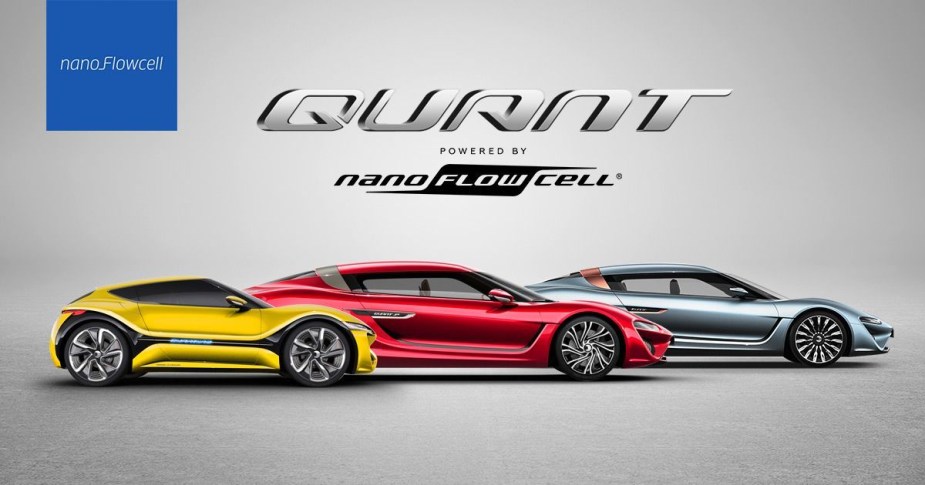
As Quant advertises, “Distributing and selling bi-ION does not call for the construction of a dedicated fuel station network. Existing fuel stations can also be used for bi-ION with just a few minor modifications to the pumps and nozzles. Thanks to its properties, the bi-ION electrolyte liquid is not subject to any hazmat obligations, unlike fossil fuels.”
If this sounds good, there is more. “Compared with conventional energy carriers like petrol, diesel, hydrogen, and lithium-ion batteries, bi-ION is not harmful to health or the environment and is neither flammable nor explosive. Moreover, bi-ION is sustainable and environmentally compatible to produce.” All of this sounds quite superior to today’s EV systems.
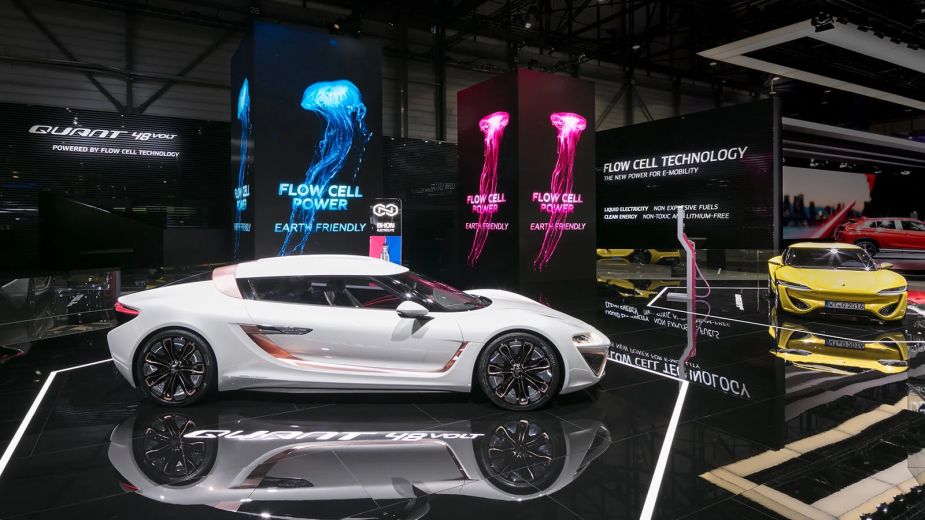
Sometimes simple logic can counter a company’s claims. For instance, 66 gallons of water at sea level is over 550 lbs. That same amount of gasoline is just under 400 lbs. And the weight of the batteries is also higher than a gasoline engine and transmission. So weight will be an issue.
The main problem the technology has encountered is from several European institutes that question the technology. In the U.S., there are several companies that have independently accomplished the same results as Nano Flow. R&D institutes say that 560 kWh at 48 volts creates 2917 Amps of current for each motor. That would fry typical cables that carry the current.
Why hasn’t Quant 45 EV technology been tested outside the company?
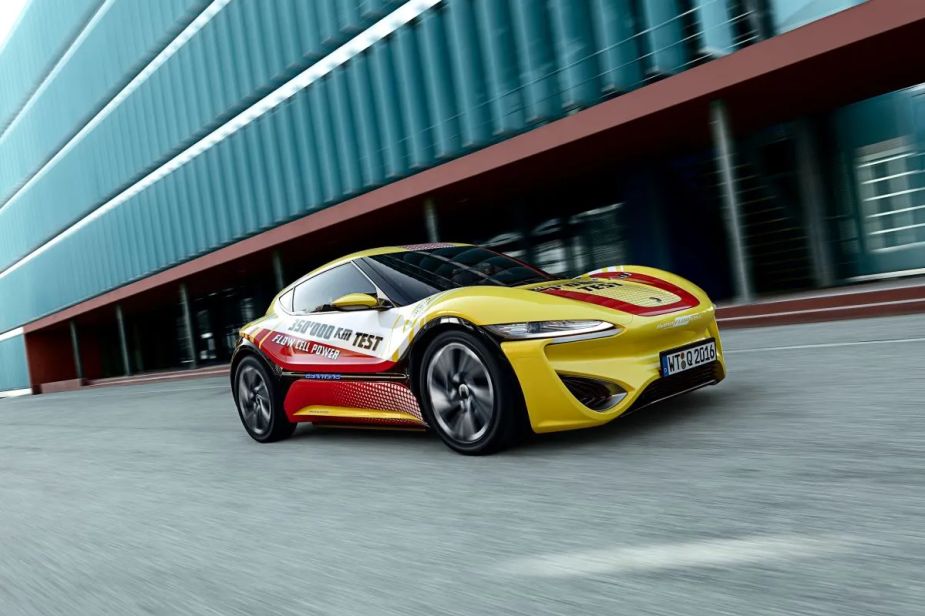
A Jalopnik post in 2015 claimed it contacted a physicist that quashed speculation about the Quant 48. He had doubts that in 2015, its claimed battery flow could be five times the energy density of Tesla. But without outside tests that duplicate Nano Flow’s results, it appears that their claims are dubious.
And being seven years from this breakthrough technology, one would think there would be far more coverage of their findings. So after all of these years, there is still only minimal information available.



